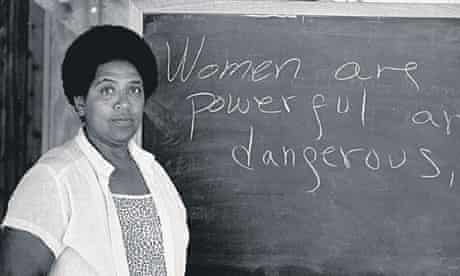Why this Supreme Court could be the best hope for gay-marriage advocates
The Washington Post
2011-06-24
Justin Driver, Assistant Professor of Law
University of Texas, Austin
Eight years ago Sunday, the Supreme Court handed down a significant victory for gay equality when it declared anti-sodomy laws unconstitutional in Lawrence v. Texas. In response, Justice Antonin Scalia bitterly dissented, predicting that the court’s opinion would inexorably lead the judiciary to permit marriages for gays and lesbians.
It took the Massachusetts Supreme Judicial Court less than five months to vindicate Scalia’s prediction when it cited Lawrence in finding that the state’s own constitution protects same-sex marriage. The conservative justice has not, however, had an opportunity to directly consider the merits of same-sex marriage.
…Many advocates of same-sex marriage who worry that it is too early for a federal lawsuit cite the quest decades ago to eliminate bans on interracial marriage. The court did not invalidate such laws during the 1950s, they note, when interracial marriage remained extremely divisive. Instead, it waited to issue Loving v. Virginia until 1967, when only 16 states retained anti-miscegenation statutes. “So long as interracial marriage intensely divided the country, the Warren Court was not prepared to insist upon a norm of equality,” Yale law professor William N. Eskridge Jr. and attorney Darren Spedale wrote in May 2009. They further suggested that it would be daft to believe that the current court would issue a favorable same-sex marriage decision while opposition remained strong. Judge Richard Posner ventured a similar analysis for the New Republic last year: “Until homosexual marriage becomes as uncontroversial in most states as racial intermarriage had become by 1967, the Court will, in all likelihood, stay its hand.”
But in 1967, most Americans did not welcome interracial marriage. To suggest otherwise is profoundly misleading. While Americans registered greater approval of such marriages in the late 1960s than in the previous decade, national opinion remained clearly opposed, even after the Supreme Court decided Loving. A Gallup poll in the 1950s revealed that nine out of 10 whites disapproved of interracial marriage; in 1968, a Gallup poll showed that three out of four whites continued to frown on interracial unions. The 1968 figures taking account of all races were not much different: 73 percent of Americans disapproved of the practice.
The modest number of states that had anti-miscegenation laws when Loving was decided, moreover, hardly indicates that citizens in the other 34 states considered race irrelevant to marriage. A clear majority of Americans deemed race exceedingly relevant and had no compunction about expressing this belief to pollsters. In fact, Gallup did not register a majority approving of interracial marriage until 1997—three decades after Loving recognized the constitutional right.
By contrast, even some of the bleakest same-sex marriage polls of recent years would have cheered advocates of interracial marriage in the age of Loving. A 2008 Quinnipiac University poll, for instance, found that 55 percent of respondents opposed gay marriage. And the most recent round of data, collected this year by Gallup, CNN-Opinion Researchand the ABC News-Washington Post poll, found that slightly more than 50 percent of adults responded approvingly to questions regarding same-sex marriage…
Read the entire opinion piece here.

